Who can drive in Spain?

Spain welcomes foreign drivers — but the rules depend on your country of origin and how long you’ve been resident.
- Tourists can drive in Spain using their valid foreign licence (and, in some cases, an International Driving Permit) for short stays.
- Residents must follow Spanish law for licence exchange or obtaining a Spanish licence.
In short: if you’re just visiting, you’re fine with your home licence (subject to certain conditions). If you’re living here, there’s paperwork to do.
Can I use my home country driving licence in Spain?
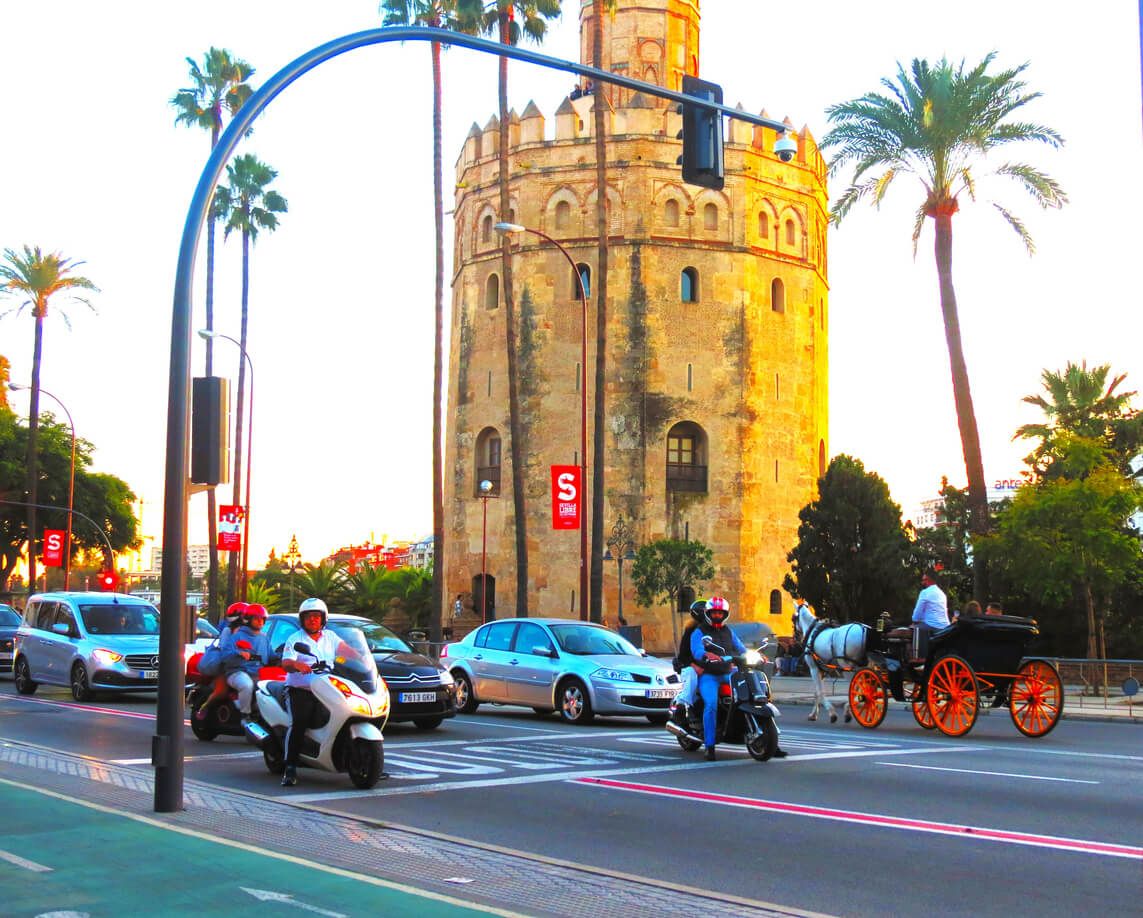
Here’s where it gets country-specific.
- EU/EEA citizens can drive in Spain with their home licence as long as it’s valid. If you become a resident, you can continue using it until it expires — then you’ll need to renew in Spain.
- UK citizens (post-Brexit) can now use their UK licence for up to six months after becoming a resident. After that, you must exchange it for a Spanish licence — thankfully, there’s now a straightforward agreement in place.
- Americans: The rules for driving in Spain as an American are stricter. You can drive with your US licence and an International Driving Permit (IDP) for up to six months. After that, you’ll need to take the Spanish driving test — both theory and practical — as Spain does not have an exchange agreement with the US.
Do I need an International Driving Permit in Spain?
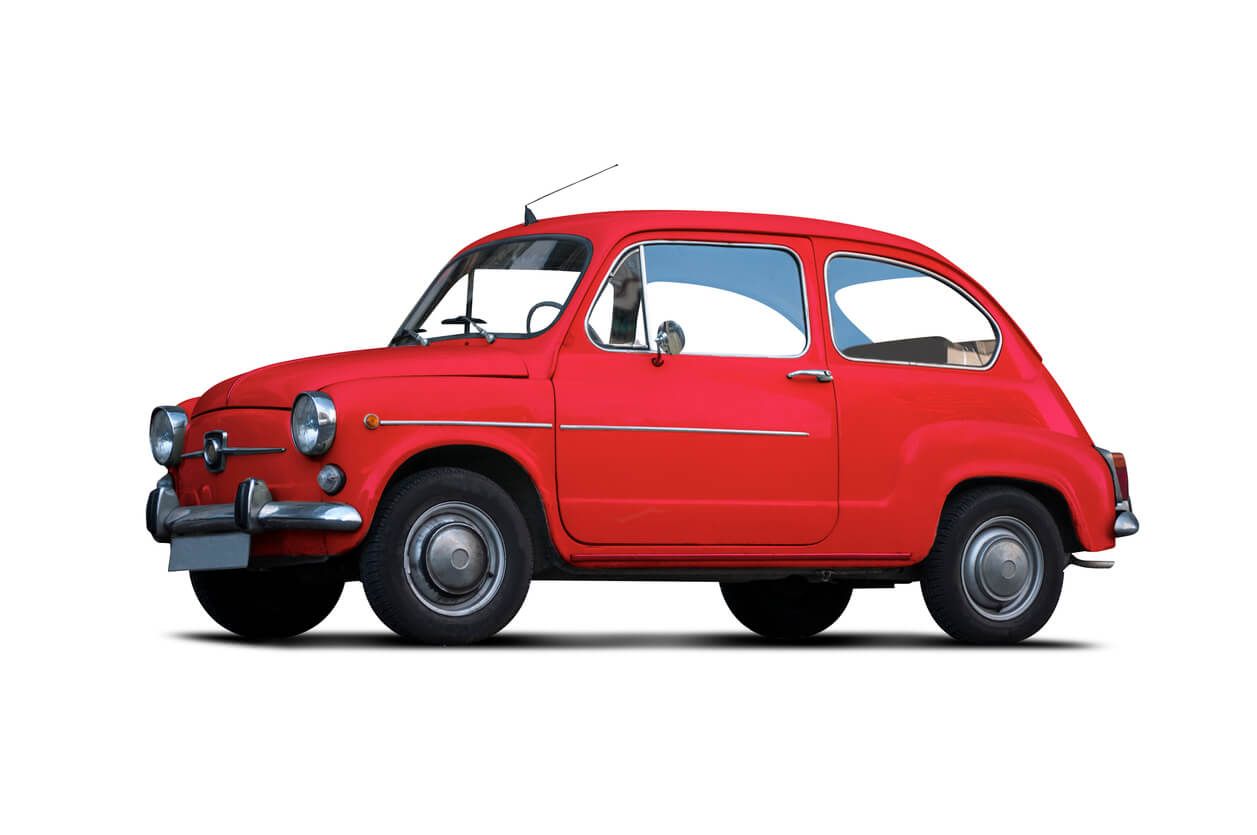
If your licence is from outside the EU/EEA, it’s wise to carry an International Driving Permit along with your original licence when you first arrive. This is especially important for Americans and other non-EU citizens — Spanish authorities may ask for it if your licence isn’t in Spanish.
How to exchange your licence
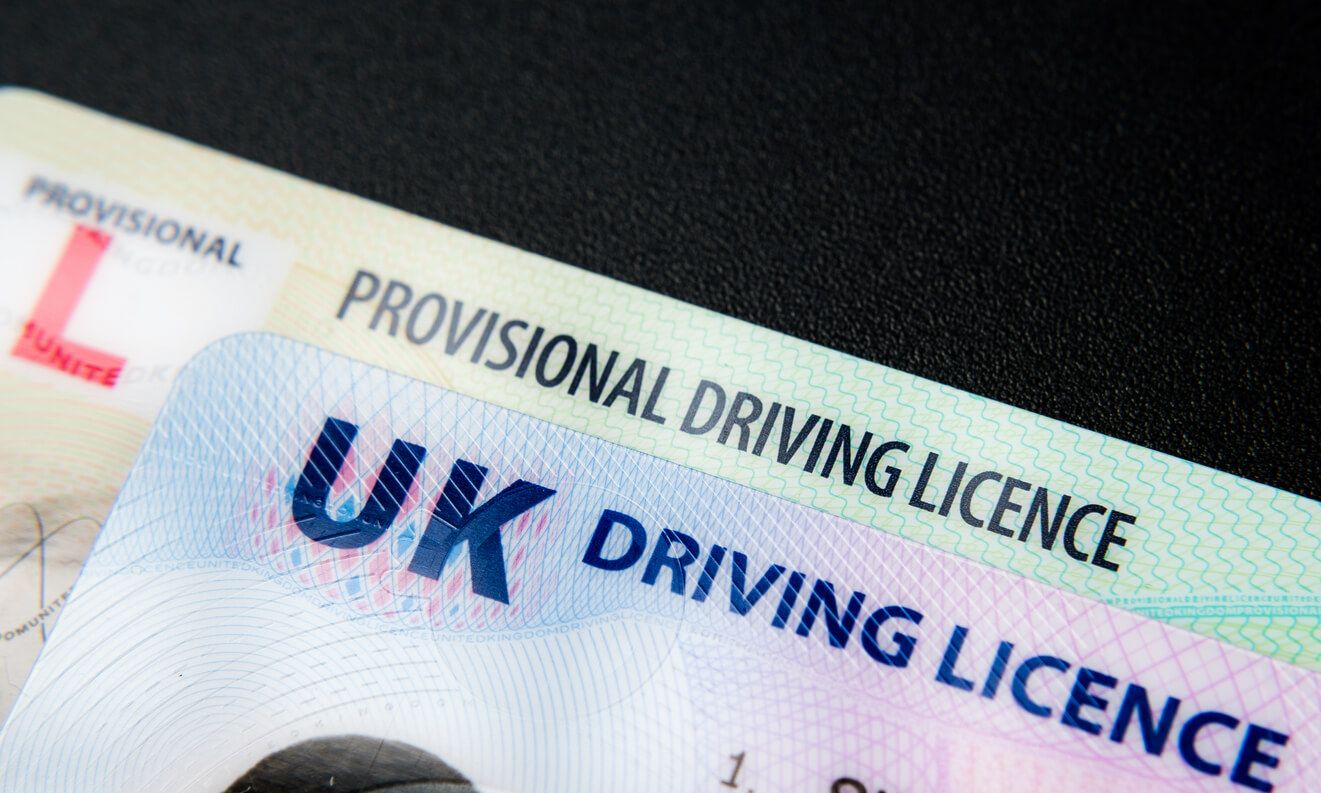
For those eligible (e.g. UK and EU residents), the process involves:
- Booking an appointment with the DGT (Dirección General de Tráfico) — Spain’s traffic authority.
- Bringing your documents:
- Valid foreign licence
- NIE (Foreigner Identification Number)
- Proof of residence
- Passport
- Medical fitness certificate from an authorised Spanish centre
- Passport-sized photos
3. Paying the relevant fee.
Once approved, you’ll get a Spanish licence valid for up to 10 years (shorter if you’re older or have certain medical conditions).
How to get a Spanish driving licence

If you can’t exchange your licence — as is the case for Americans driving in Spain with a US licence, you’ll need to start from scratch.
The process involves:
1. Registering with a driving school — all tests must be taken in Spanish, though some schools offer bilingual support.
2. Passing a theory test (multiple-choice, in Spanish, but some regions offer English translations).
3. Passing a practical driving test.
4. Obtaining a medical fitness certificate.
It’s not the quickest or cheapest process, but it’s essential for long-term driving.
Drivers with disabilities in Spain
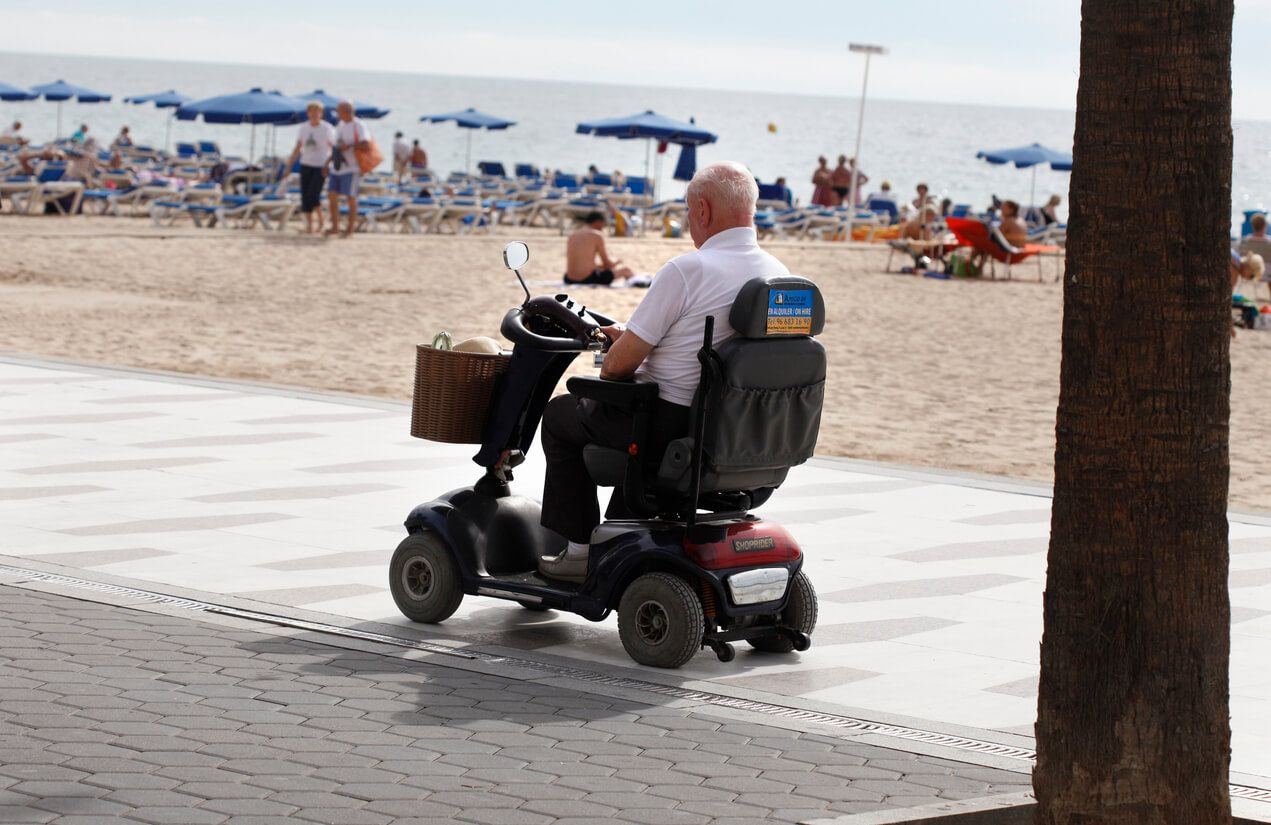
Spain recognises disabled parking permits issued in other EU countries. If you’re from outside the EU, you can apply for a local permit once you are a resident. Accessible parking spaces are clearly marked, and most Spanish cities have reasonable provision — though in smaller villages, availability can be limited.
Spanish driving laws you should know

The rules of driving in Spain are broadly similar to the rest of Europe, but there are a few quirks:
- Drive on the right-hand side of the road.
- Seatbelts are mandatory for all passengers.
- Use dipped headlights in tunnels and poor visibility.
- Children under 135cm must use an approved child seat or booster.
- No using a phone unless it’s fully hands-free.
- Blood alcohol limit is 0.05% (0.03% for new drivers with less than two years’ experience).
Fail to follow the rules, and you risk on-the-spot fines — which can be paid with a discount if settled immediately.
Understanding driving signs in Spain
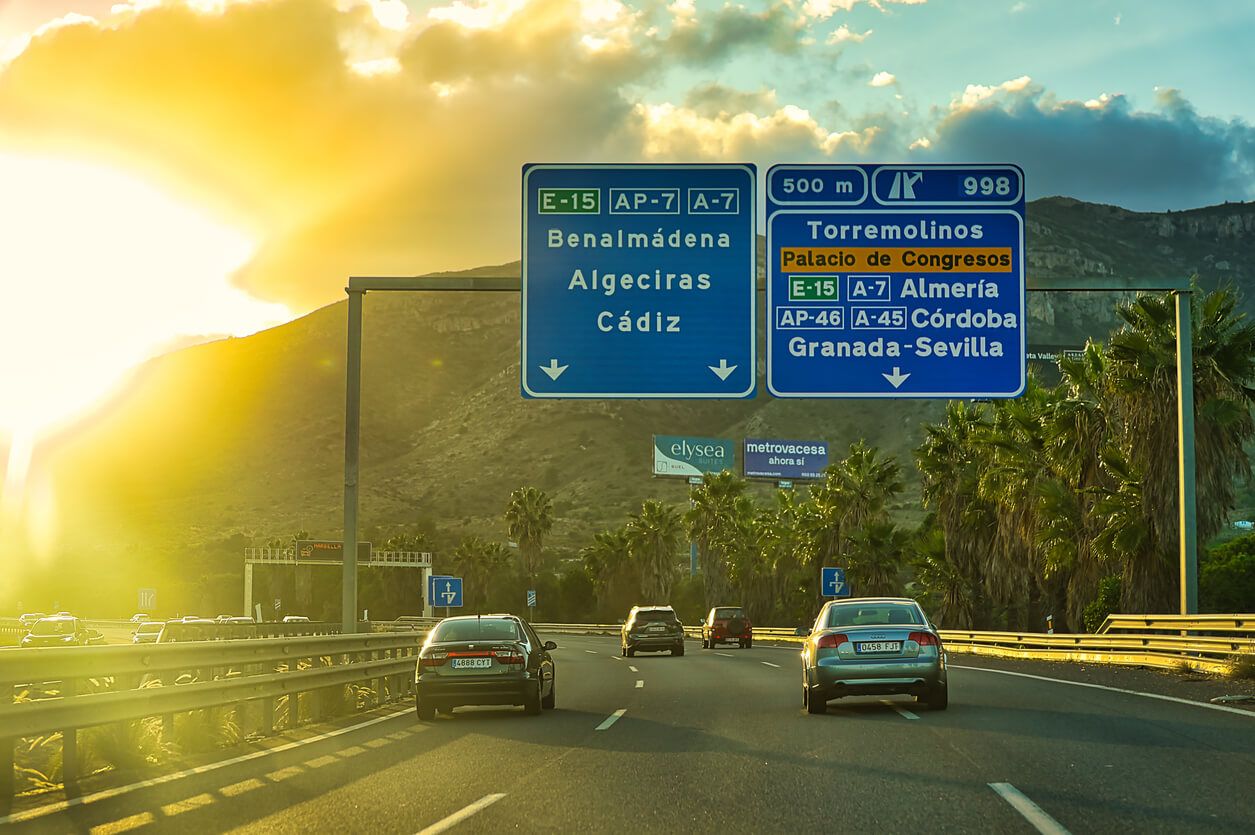
Road signs in Spain are generally clear and use standard international symbols, but note:
- Blue circles = mandatory actions (e.g. turn right).
- Red circles = prohibitions (e.g. no entry).
- Green signs = motorways (autopistas).
- Blue signs = dual carriageways (autovías).
Speed limits are posted in kilometres per hour (km/h):
- 120 km/h on motorways
- 100 km/h on dual carriageways
- 90 km/h on other roads
- 30 km/h in most built-up areas (sometimes even 20 km/h in residential zones).
Spain is a joy to explore by car, from medieval hill towns to rugged coastlines, and with the right preparation, you’ll be driving like a local in no time.








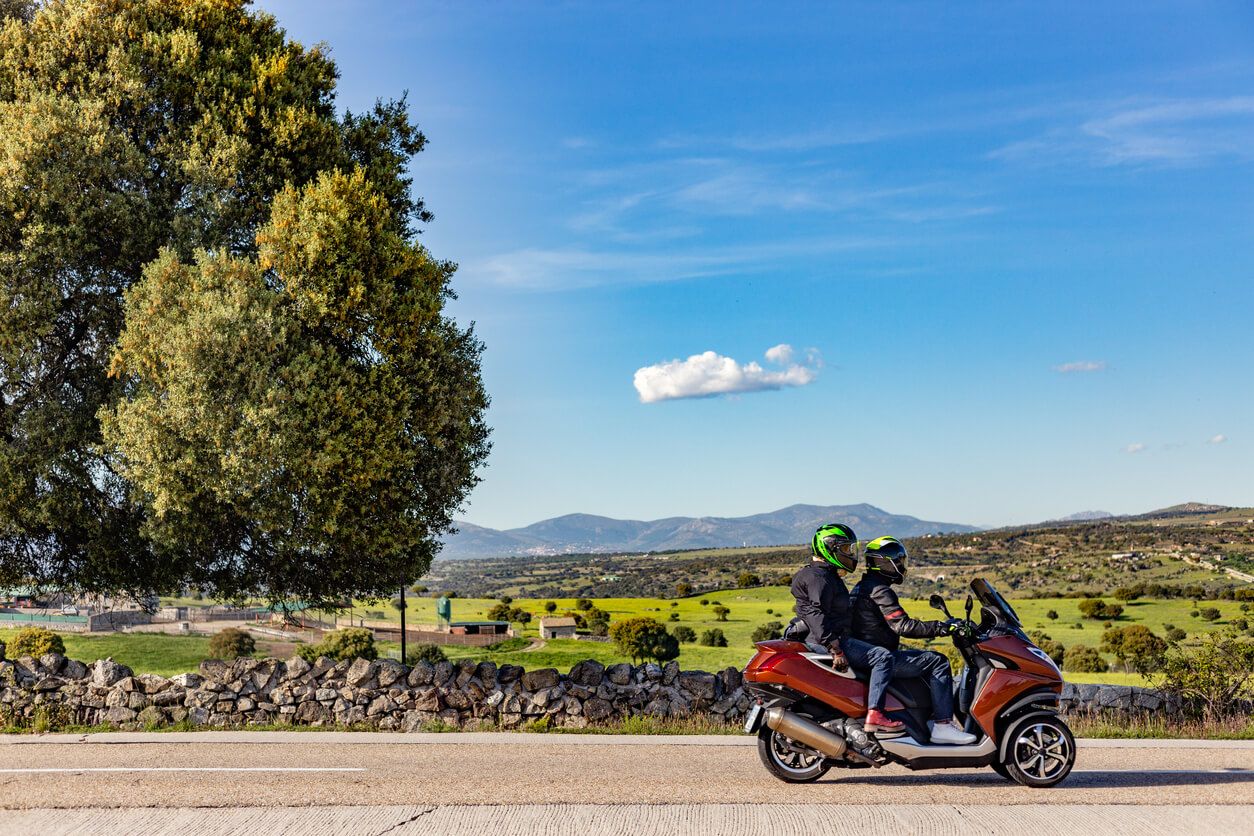

Be the first to comment!